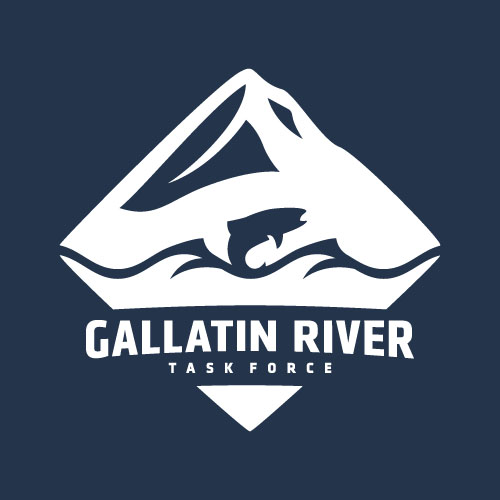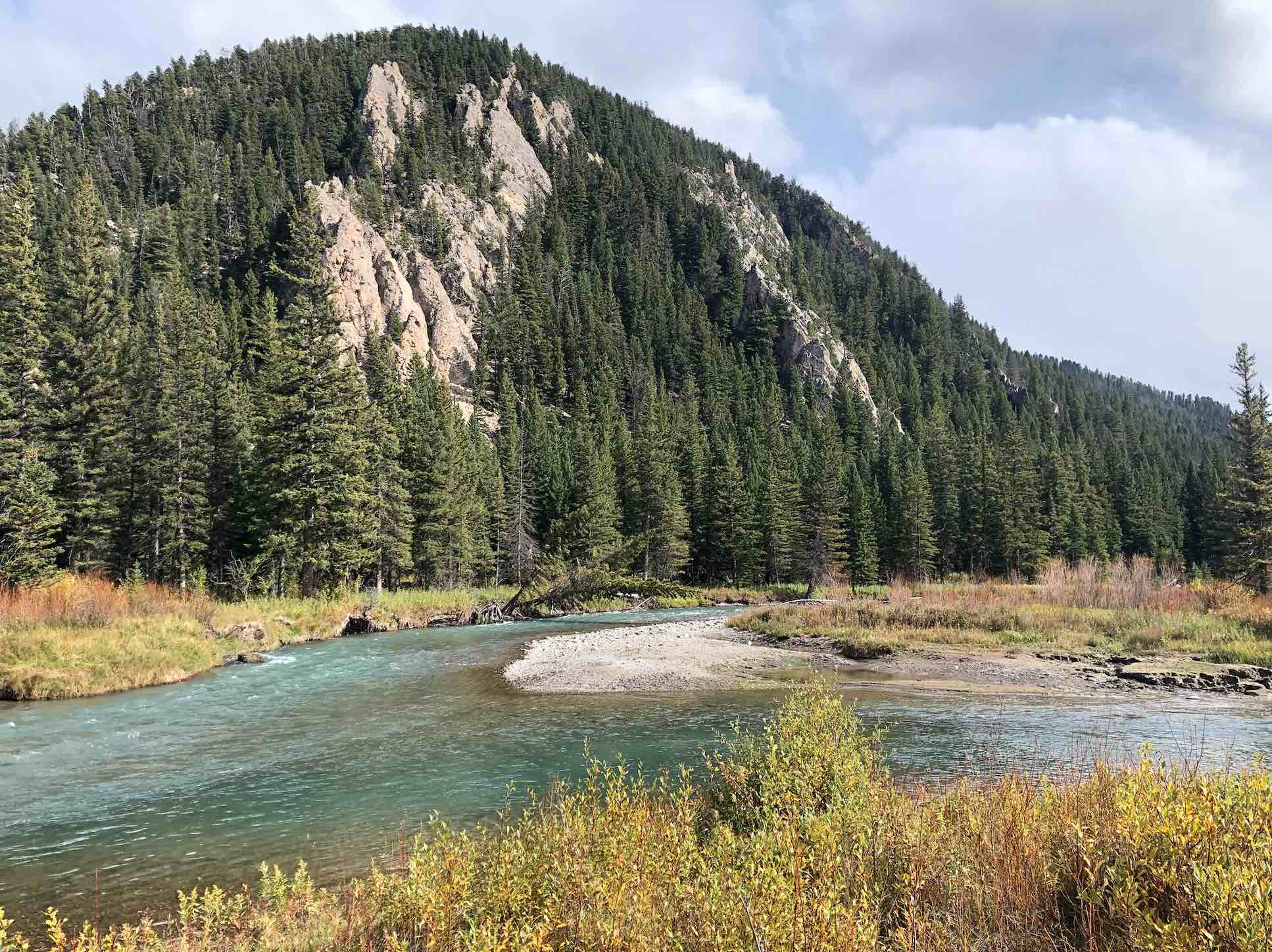Big Sky has a poop problem.
Rapid growth and decentralized infrastructure have led to three streams flowing through our community below state standards for water quality.
Higher-than-ideal levels of certain nutrients qualify the streams as impaired, and these nutrients are in part a byproduct of treated wastewater. The threat stems from two sources: treated wastewater reused for irrigation and treated wastewater from residential septic tanks.
Today, nutrient levels are below the point of compromising the main stem of the Gallatin River or radically altering the watershed’s ecological health. But they are high enough to threaten drinking water quality, indicating that additional growth and development will likely impair the river if left unchecked.
In the Canyon area, south of the Hwy. 64 junction, decentralized sewer treatment poses additional risks. Individual and small community septic systems don’t treat wastewater to high levels, and there is no sewer district managing the septic system needs or maintenance of Canyon residents and businesses.
Given the certainty of more development in both the Canyon and within the Big Sky Water and Sewer District, it is a near guarantee that without action, the Gallatin will become impaired, an unimaginable outcome that no business or resident can abide. Within this context, the situation seems bleak.
But there is an outcome—one based on proactive management of our wastewater—that is far more favorable.
On May 5, you will have the option to vote for a 1 percent increase in the Big Sky Area Resort Tax. This 1 percent for Infrastructure tax will fund part of an upgraded Water Resource Recovery Facility—wastewater treatment plant—and could potentially fund sewer pipeline infrastructure that would convey wastewater from the Canyon to be treated at the new Big Sky plant.
The Canyon project is contingent on residents in the Canyon area forming their own Sewer District. This independent district would decide on crucial wastewater management, and if they see fit, connect to the Big Sky Water and Sewer District’s upgraded plant.
Centralized wastewater collection and treatment would greatly improve the Canyon’s groundwater quality. Septics in the Canyon are not capable of treating wastewater to the new plant’s standards, and already pose a threat to drinking water as well as the Gallatin River.
In Big Sky the upgraded facility would treat wastewater far above the current plant and well above state standards. Even with the forthcoming growth, projections show that nutrient loading will decrease. Additionally, reuse options that mimic the natural water cycle will expand, meaning the idea of discharge into the Gallatin fades further into the rearview.
Taken together, these two projects are a major win for watershed health in our growing community. The 1 percent will pay for the lion’s share of both upgrades, and locals won’t be reaching as deeply into their own pockets. The tax will pay for 60 percent of the treatment plant and 100 percent of the pipeline infrastructure. If the Canyon does not form a district, or if it does but decides not to convey wastewater to Big Sky’s plant, the pipeline project simply doesn’t happen.
Big Sky’s new wastewater-treatment plant, however, is going to happen, regardless of the results on May 5. Without the 1 percent, the existing District will pay for it by raising your rates, and in this scenario your quarterly bills could double.
Our current crisis may have temporarily slowed Big Sky’s rate of development, but we all know that won’t last. To maintain and restore the health of our beloved Gallatin, our wastewater-treatment infrastructure needs an upgrade.
The 1 percent tax is how we should pay for it.

